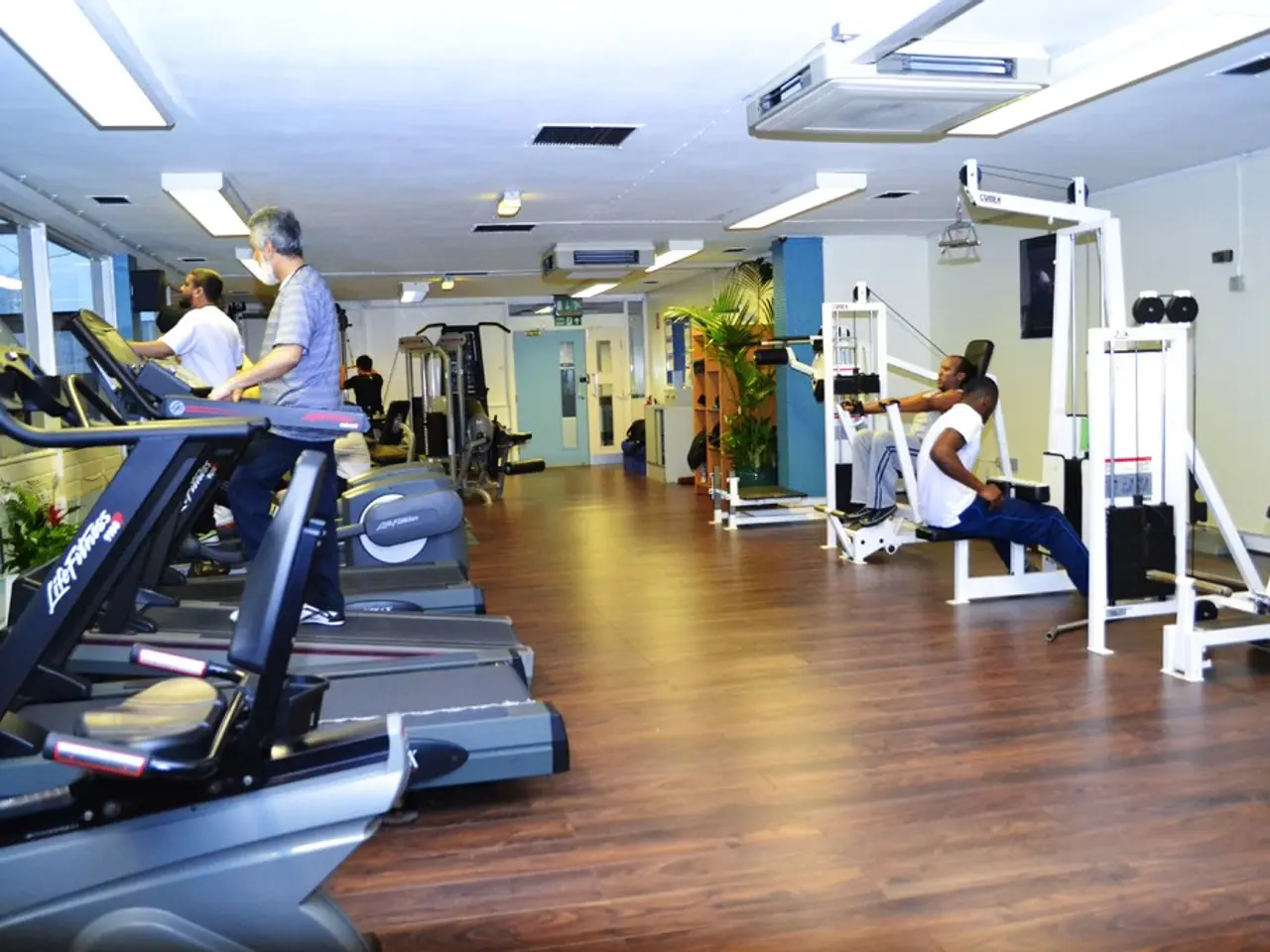Enhancements recommended in Amtrak's Office of Inspector General report for expanding the quality of service provided to passengers with disabilities
In a recent report released by the Amtrak Office of Inspector General, the national rail service has been criticized for its lack of a comprehensive strategy to improve customer service for passengers with disabilities. The report highlights several areas of concern, including inconsistent tracking of accessibility-related complaints, fragmented improvement efforts, and the absence of a unified strategy.
One of the key recommendations in the report is for Amtrak to develop a clear, company-wide strategy for serving passengers with disabilities. This strategy should include defined goals, roles, and coordination across departments to ensure consistent service quality. The report also suggests that Amtrak should improve how accessibility complaints are tracked and resolved, and use more data to monitor service quality to assess its effectiveness and meet federal requirements.
Another concern raised in the report is the lack of proper training for frontline staff. During the most recent training cycle, it was found that 512 of Amtrak’s 5,732 customer-facing employees had not completed required accessibility training. The report recommends that Amtrak ensure that all staff are properly trained to provide the best possible service to passengers with disabilities.
The report also highlights the need for Amtrak to better include passengers with disabilities when updating travel information to ensure they have necessary and accessible information. Additionally, the report suggests that Amtrak explore ways to make onboard amenities like food service more accessible before new fleet designs are implemented, considering cost-benefit analyses.
The report also notes that departments do not consistently involve Amtrak's Accessibility Office in initiatives that may have an accessibility impact, and individual departments decide which accessibility-related initiatives to pursue in an ad hoc manner. This can lead to inconsistencies in service and a lack of coordination between departments.
Six of the nine disability advocacy groups interviewed by the OIG stated that Amtrak is often the preferred mode of travel for passengers with disabilities over airlines. However, the report also notes that passengers with disabilities do not always have access to all onboard amenities, particularly food service. Station-specific information is limited, and accessibility information can be hard to find on Amtrak's digital booking channels.
Amtrak has acknowledged the report's findings and agreed with the recommendations. The rail service has plans to improve access to amenities on three new fleets of trains it is procuring. However, until these new trains enter service, access to onboard amenities will remain limited because Amtrak has not fully assessed the costs and benefits of improvement options, including incorporating digital technology, on its current trainsets.
Representatives from many disability advocacy groups reported that passengers using mobility devices may not be able to access cafe or diner cars on Amtrak. Employees are required to offer at-seat food service to disabled customers, but this does not always happen, according to Accessibility Office officials. The quality and clarity of audio and visual messaging vary widely across Amtrak stations.
Despite these concerns, Amtrak has been credited for increasing engagement with disability advocacy groups in recent years. The rail service has targeted initiatives underway to improve its service, such as technology to aid customers using assistive listening devices. The report concludes that without a strategy that establishes goals, metrics, and priorities informed by relevant data, Amtrak may not be effectively focusing resources on improvements with the highest potential impact for customers.
- The report suggests that Amtrak should use more data to monitor health-and-wellness service quality, particularly in addressing medical-conditions of passengers with disabilities, to assess its effectiveness and meet federal requirements.
- The rail industry, such as Amtrak, is encouraged to work on a comprehensive technology strategy to ensure better access to health-and-wellness amenities like food service for passengers with disabilities.
- Financially, Amtrak has plans to improve access to amenities on new fleets of trains, considering cost-benefit analyses before implementing new fleet designs.
- The transportation sector, represented by Amtrak, is called upon to improve transportation accessibility by better including passengers with disabilities when updating travel information and providing necessary and accessible information in health-and-wellness fields.




